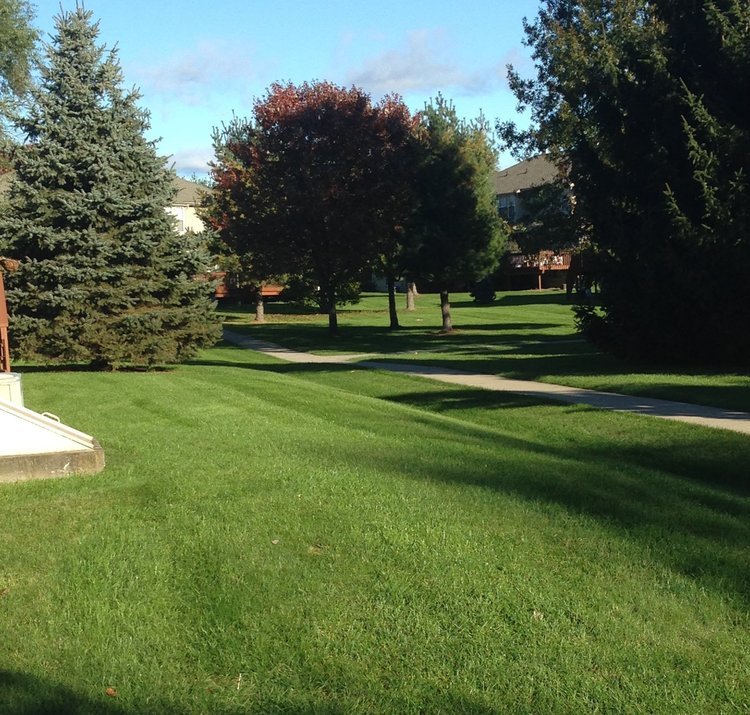Crabgrass vs. Quackgrass: What’s the Difference?
You’re eager for spring, but the last thing you want to see as the weather warms up is a patch of weeds. If you ever notice weeds mixed in with your perfectly green grass, you’ll know you have a problem. Fortunately, there are solutions to the frustration of seeing unwanted “grass”—whether it’s crabgrass or quackgrass—in your Hopewell Junction, NY, lawn. Read on to determine what kind of weed you might have.
Crabgrass Characteristics
Crabgrass is an annual weed, meaning it dies in the fall. But this weed comes back every year because it can drop its seeds before it dies off to show up again from early summer to early fall. In June it is not very noticeable, but by late July and August, it is big and ugly and quite noticeable. Like a crab from the ocean, it has many legs and grows low to the ground. When you mow, the mower blade won’t do as effective a job on crabgrass as it does with the rest of your lawn.
Moreover, crabgrass is very tough and resists foot traffic well, making it that much more exasperating. It thrives in the hot summer weather because it requires very little water to live. The frost in fall kills the plants, but not before they drop their seeds for crabgrass to re-emerge the next year.
An effective way to keep crabgrass away from your landscape is to have a post-emergent product applied in the fall, and a pre-emergent product in the spring. Treating the crabgrass when it is mature is a waste of time and money, as the seeds from your neighbor’s lawns can migrate to your lawn to start the cycle over again.
Related: Weed Killer Tips for Dealing with Common Weeds in Wappingers Falls, NY
Quackgrass Characteristics
Unlike crabgrass, quackgrass is a perennial, meaning it does not die off, but simply goes dormant to grow again when the spring rolls around. Quackgrass appears in the spring, and it’s tough to eliminate.
Because quackgrass has roots that grow to 4 inches in the soil, it is virtually impossible to dig up the roots as a preventative measure. Its aggressive growth forms a dense mat of weeds especially in the cool weather of spring and fall. If you accidentally till an area of quackgrass, rhizomes can spread and cause more of this weed to sprout up in other areas of the yard. Additionally, the seeds are frequently found in rye straw, but you won’t know it until you have spread the straw and notice the quackgrass has sprouted alone with your desirable grass.
While similar in appearance to crabgrass, quackgrass is often considered much more difficult to remove, and looks so much like crabgrass that it is often difficult to tell the difference.
Professional Help
Because these two weeds are virtually indistinguishable to those who are not familiar with them, the best route to removing both pests from your lawn is to consult with landscape professionals. Not only can they rid your yard of quackgrass and crabgrass, but they can implement a program for spring and fall lawn cleanups, de-thatching, core-aeration, over-seeding, liming and winterizing, and proper fertilizing.
To rid your lawn of quackgrass, crabgrass, or any other lawn weed, call Lehigh Lawns & Landscaping Inc. for a free estimate and turf consultation.
Related: 4 Weed Killer Mistakes a Lawn Care Service Will Help You Avoid in Lagrangeville, NY

